*NURSING > TEST BANKS > Test Bank - Principles of Anatomy and Physiology, 12th Edition, by Bryan Derrickson, Gerald Tortora (All)
Test Bank - Principles of Anatomy and Physiology, 12th Edition, by Bryan Derrickson, Gerald Tortora (All Chapters, Complete Solutions)
Document Content and Description Below
Test Bank - Principles of Anatomy and Physiology, 12th Edition, by Bryan Derrickson, Gerald Tortora. Testbank Chapter 1. An Introduction to the Human Body Multiple Choice 1. This is the study of the f... unctions of body structures. a. Anatomy b. Physiology c. Dissection d. Histology e. Immunology Ans: B Difficulty: easy Feedback: 1.1 2. This is defined as a group of cells with similar structure and function. a. Tissue b. Organ c. Molecules d. Compounds e. Organism Ans: A Difficulty: easy Feedback: 1.2 3. Using your fingers to find your pulse on your wrist is an example of a. Auscultation b. Palpation c. Responsiveness d. Gross anatomy e. Physiologist Ans: B Difficulty: medium Feedback: 1.2 4. Percussion techniques can be used to determine a. Heart beats b. Pulse rate c. Amplify sounds d. Fluid in the lungs e. Enlarged organs Ans: D Difficulty: medium Feedback: 1.2 5. This is the sum of all cellular processes that occur in the body. a. Metabolism b. Anabolism c. Catabolism d. Auscultation e. Palpation Ans: A Difficulty: hard Feedback: 1.3 6. List the basic processes of life. Ans: The basic processes of life include metabolism, responsiveness, movement, growth, differentiation and reproduction. Difficulty: medium Feedback: 1.3 7. This is the regulation of body conditions within normal limits. a. Palpation b. Percussion c. Homeostasis d. Autopsy e. Histology Ans: C Difficulty: easy Feedback: 1.4 8. The systems that provide homeostasis are: a. Cardiovascular and Integumentary b. Nervous system and Endocrine c. Cardiovascular and respiratory systems d. Respiratory and muscular systems e. Urinary and integumentary systems Ans: B Difficulty: easy Feedback: 1.4 9. This body fluid directly affects the proper functioning of cells. a. Lymph b. Blood c. Interstitial fluid d. Aqueous humor e. Vitreous body Ans: C Difficulty: medium Feedback: 1.4 10. Name the differences between a positive and a negative feedback system. Ans: A positive feedback system will strengthen or reinforce a change in one of the body’s controlled conditions while a negative feedback system will reverse a change in a controlled condition. Difficulty: medium Feedback: 1.4 11. This is the structure of a feedback system that receives output from the control center. a. Receptor b. Body fluids c. Brain d. Effector e. Afferent ..........................................CONTINUED................................... [Show More]
Last updated: 2 years ago
Preview 1 out of 747 pages
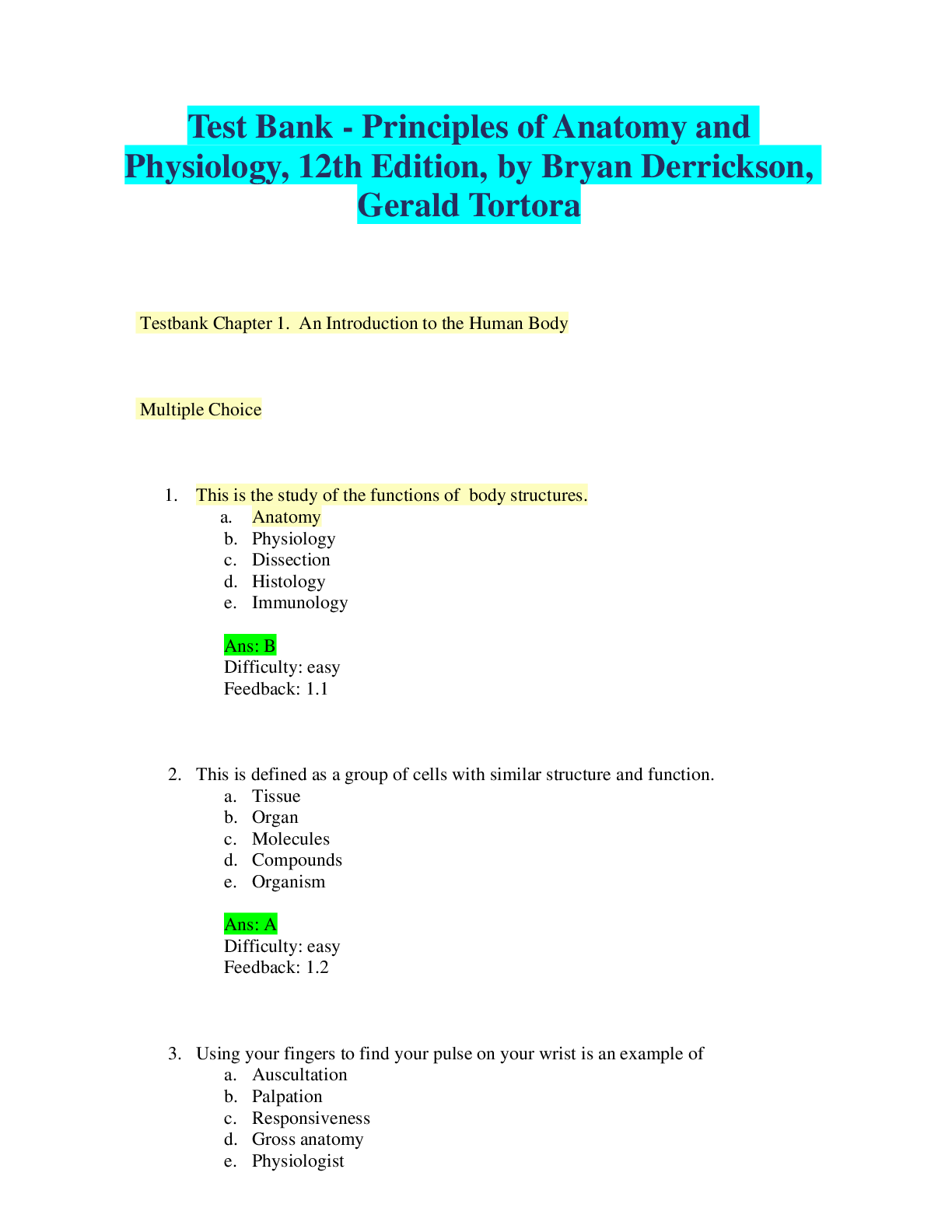
Buy this document to get the full access instantly
Instant Download Access after purchase
Buy NowInstant download
We Accept:

Reviews( 0 )
$10.00
Can't find what you want? Try our AI powered Search
Document information
Connected school, study & course
About the document
Uploaded On
Jul 14, 2021
Number of pages
747
Written in
Additional information
This document has been written for:
Uploaded
Jul 14, 2021
Downloads
0
Views
125


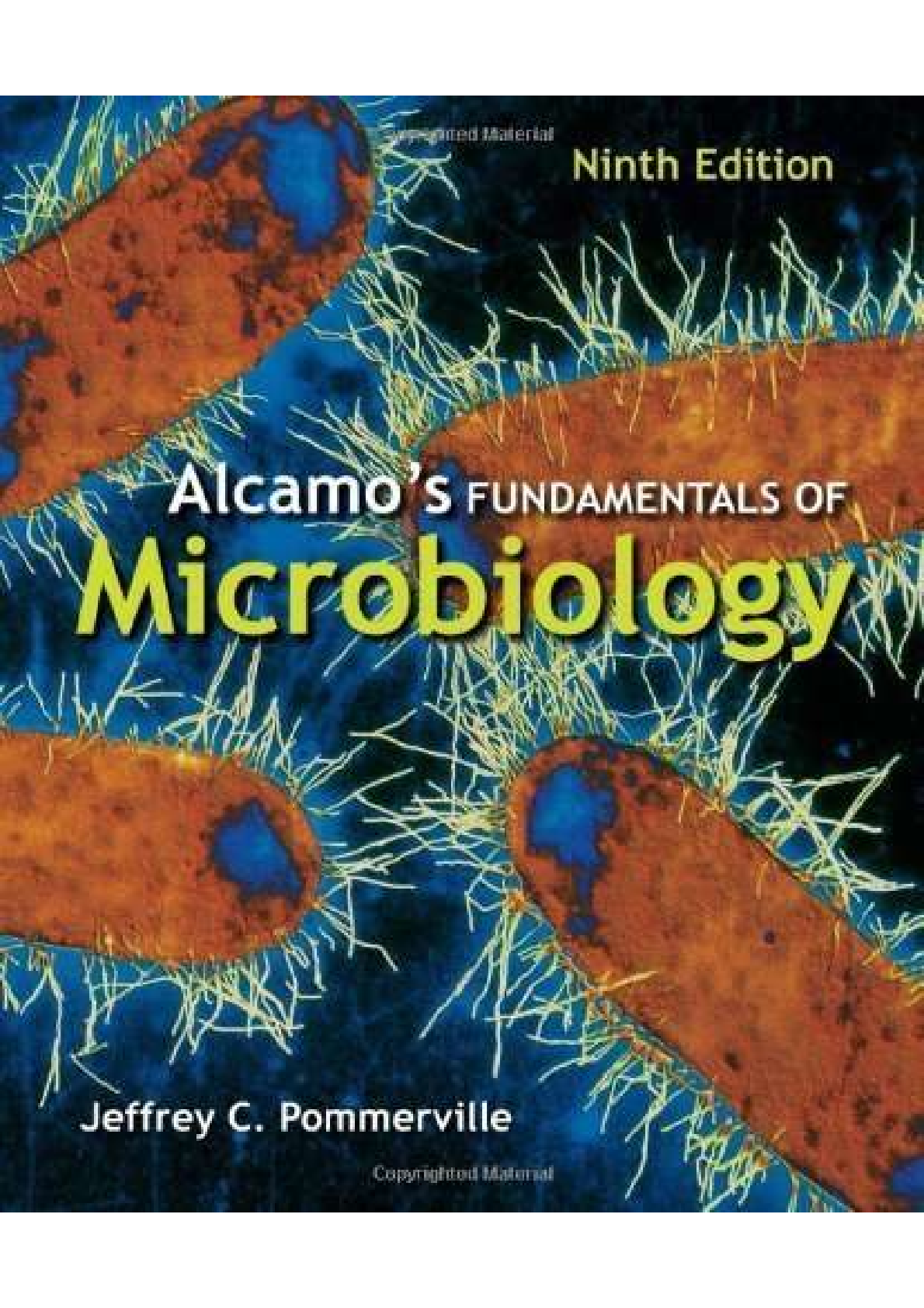


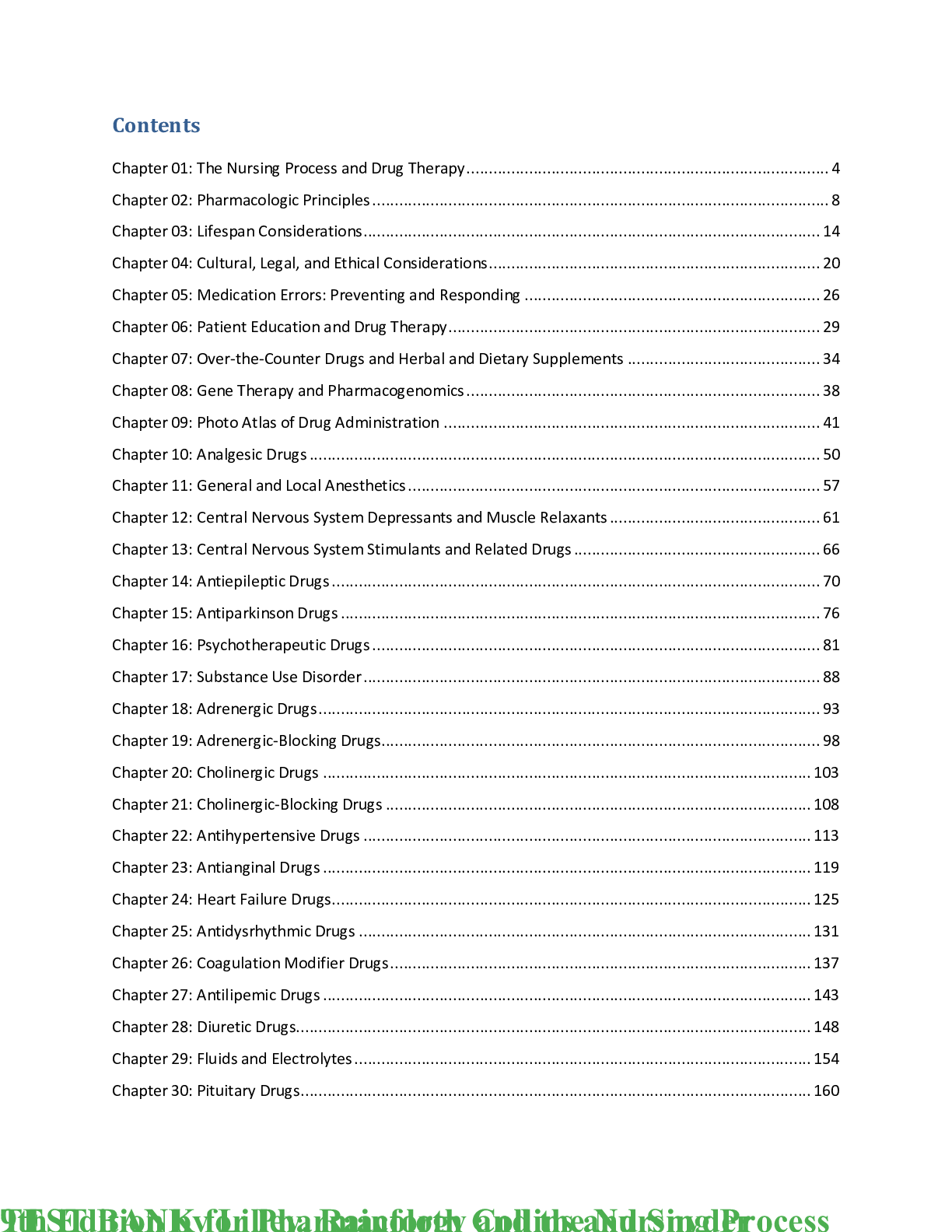



.png)
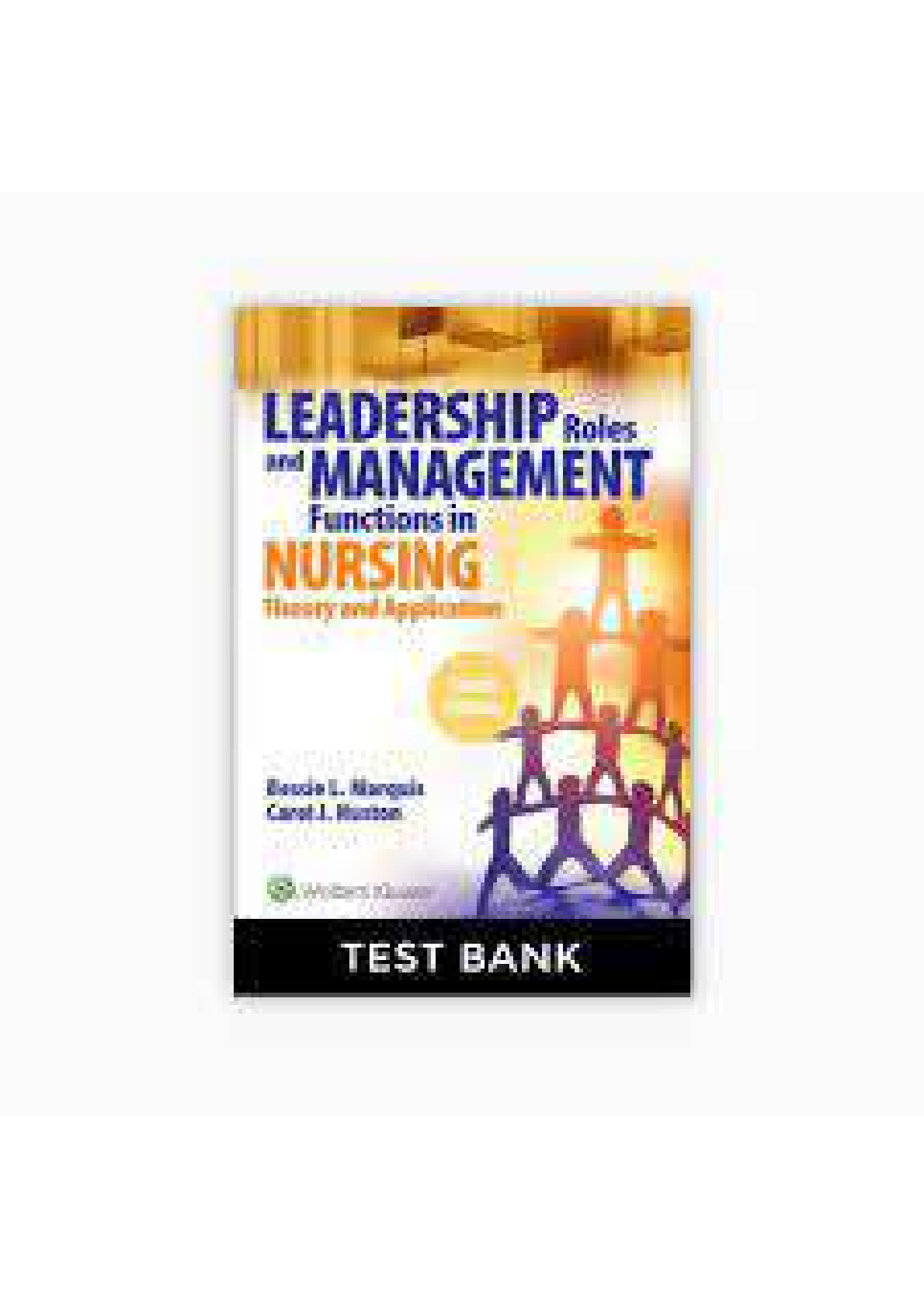


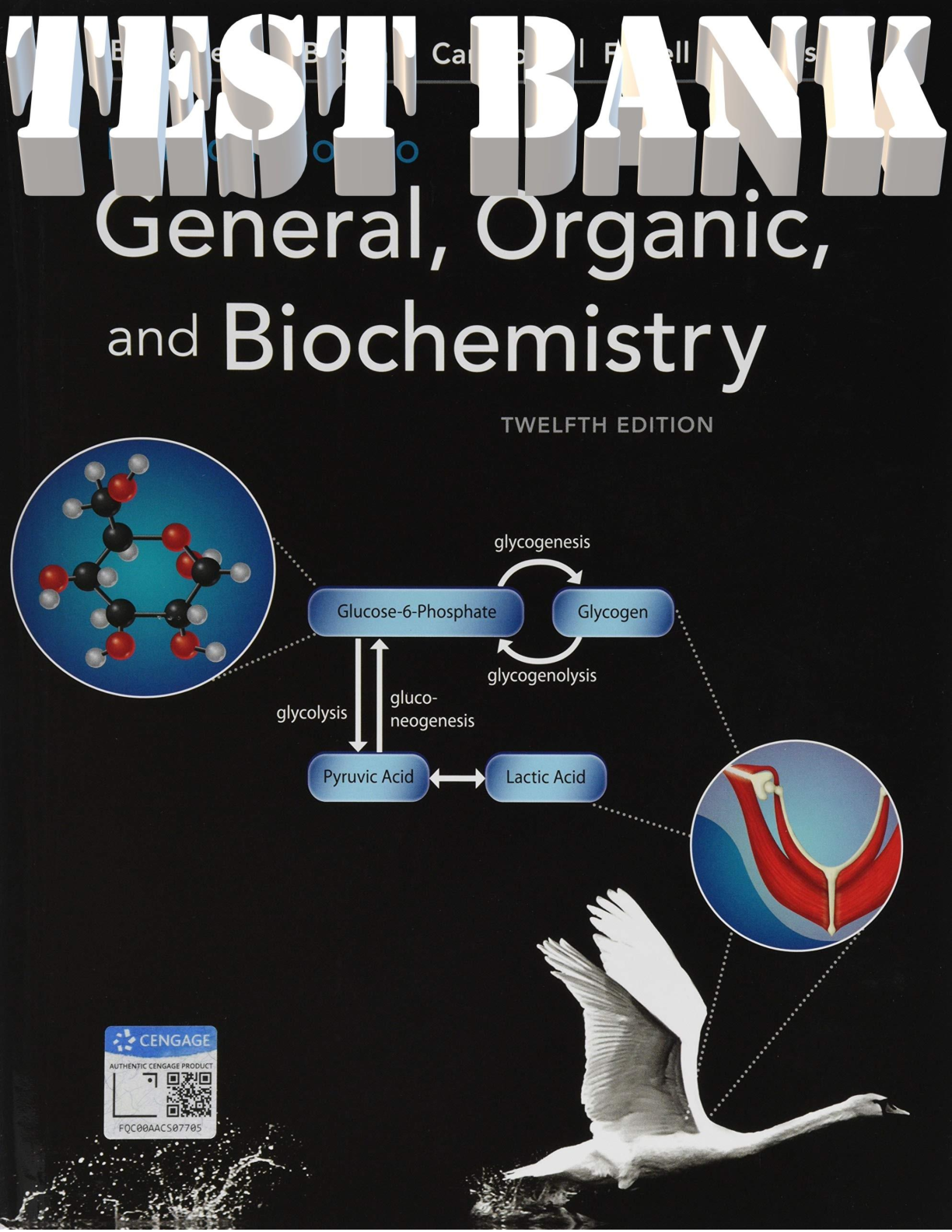

.png)
.png)

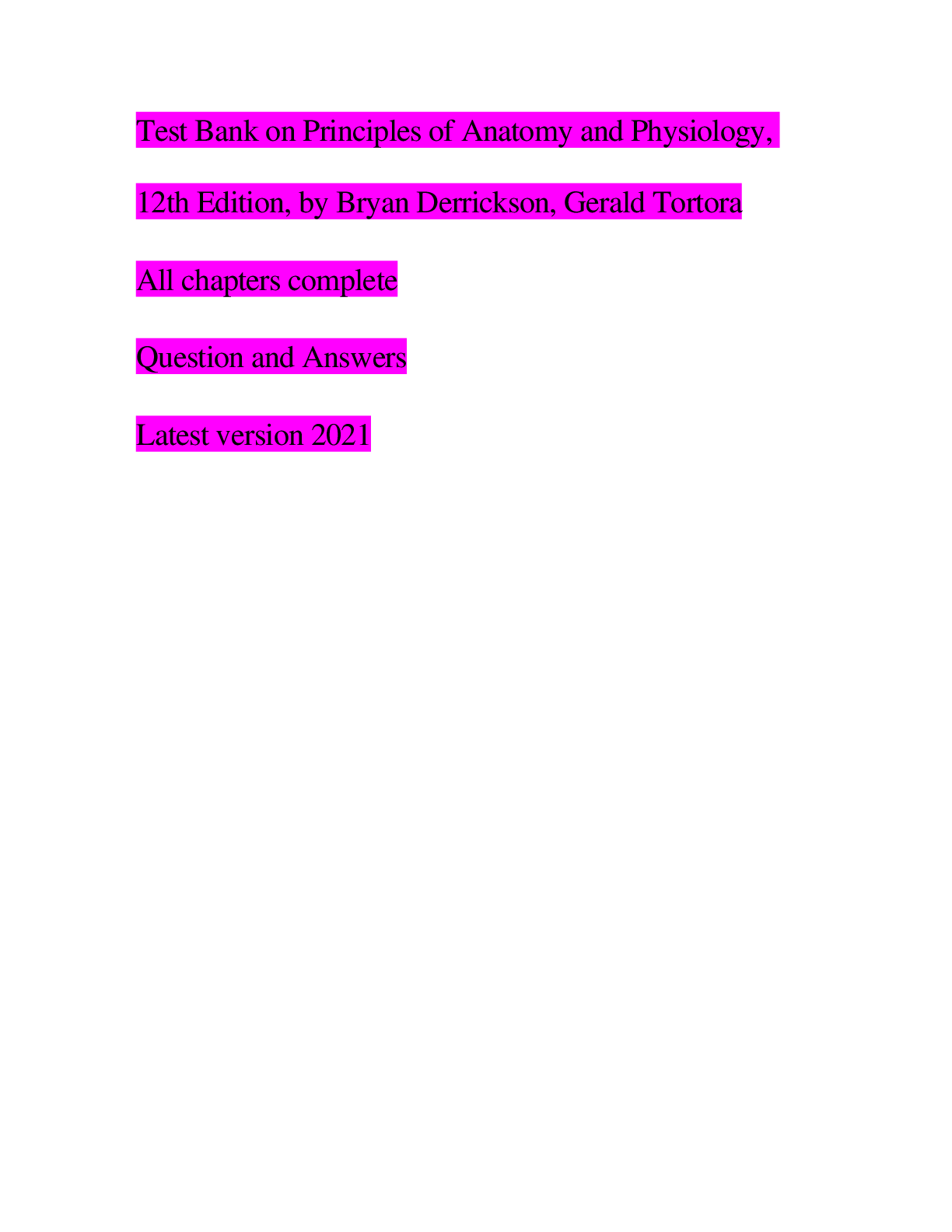

.png)


